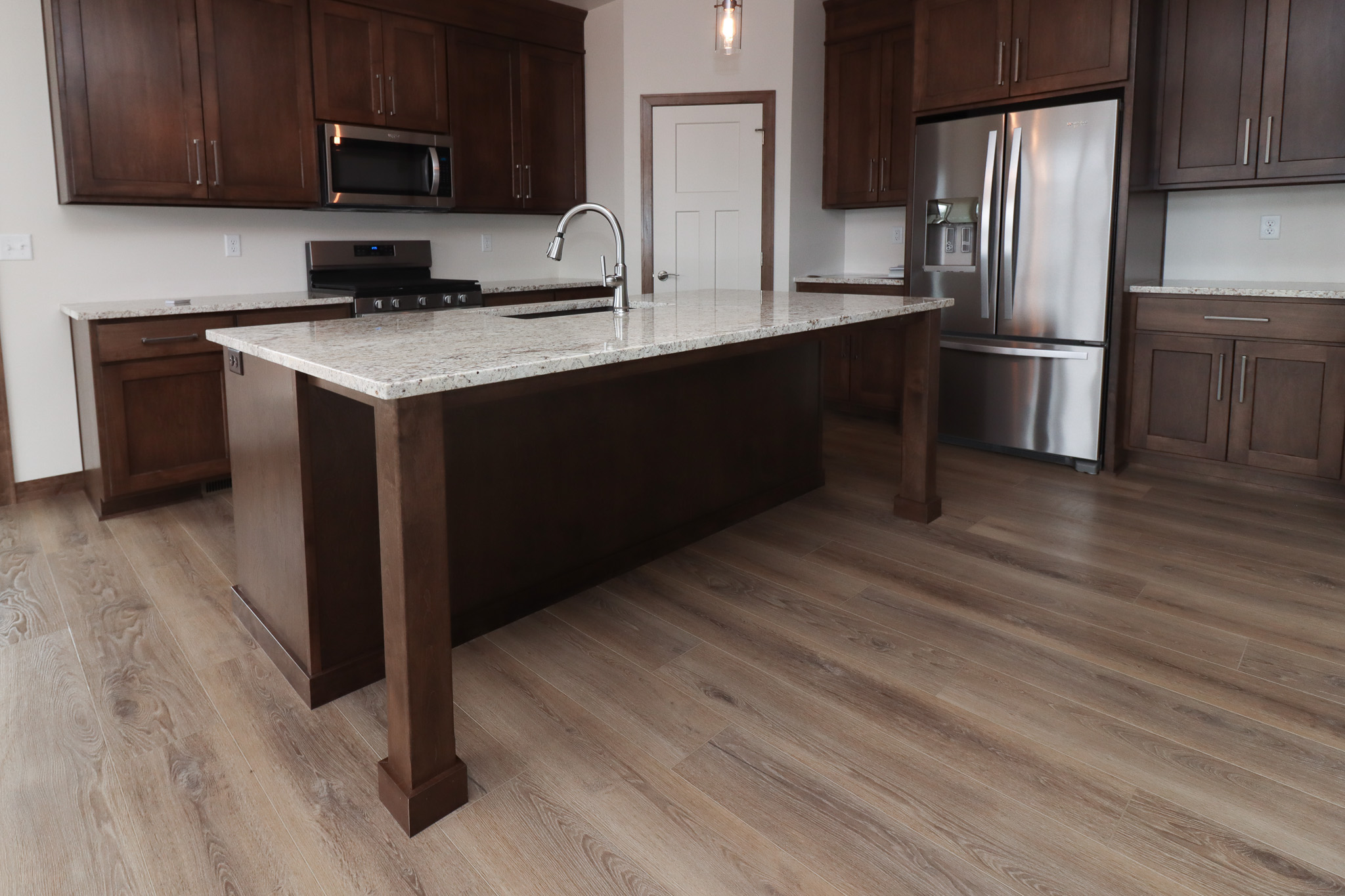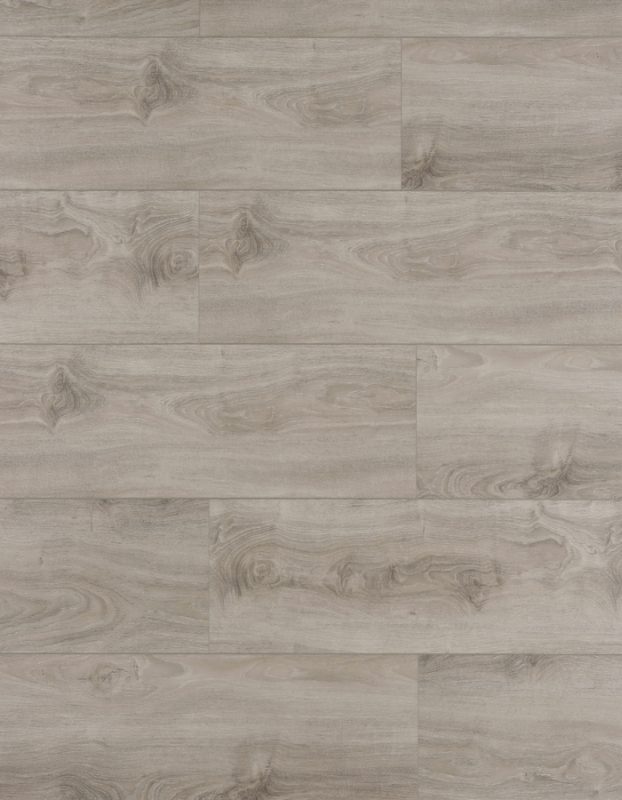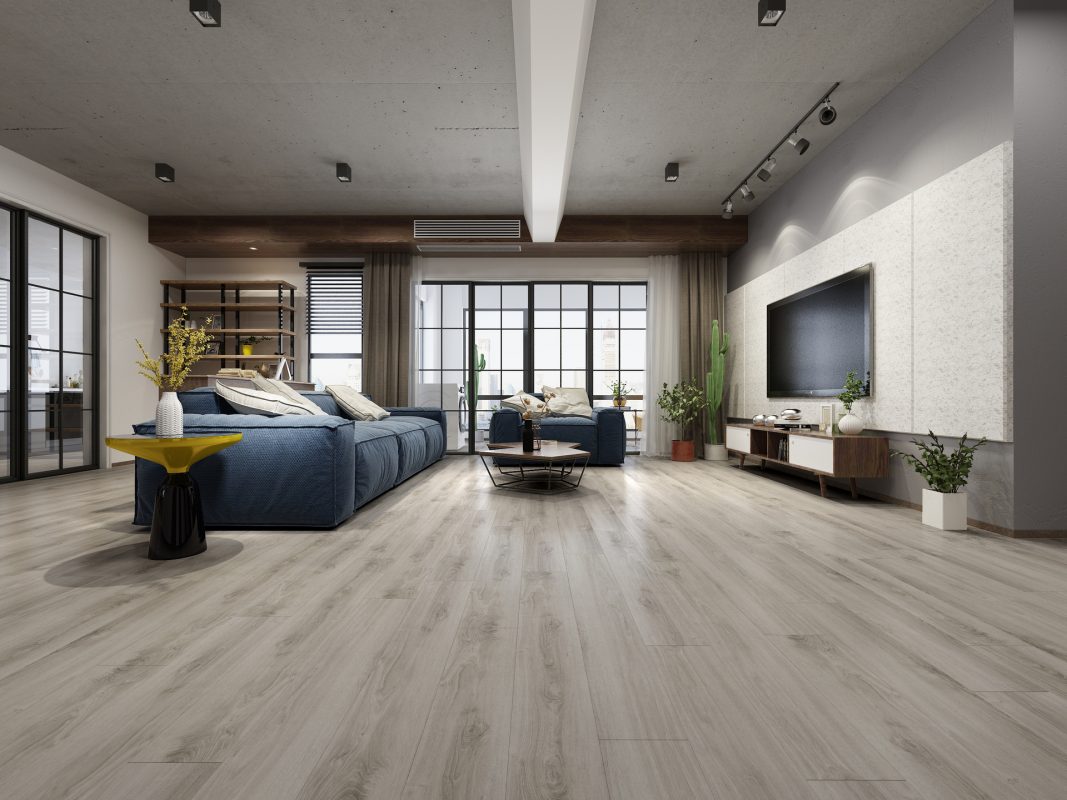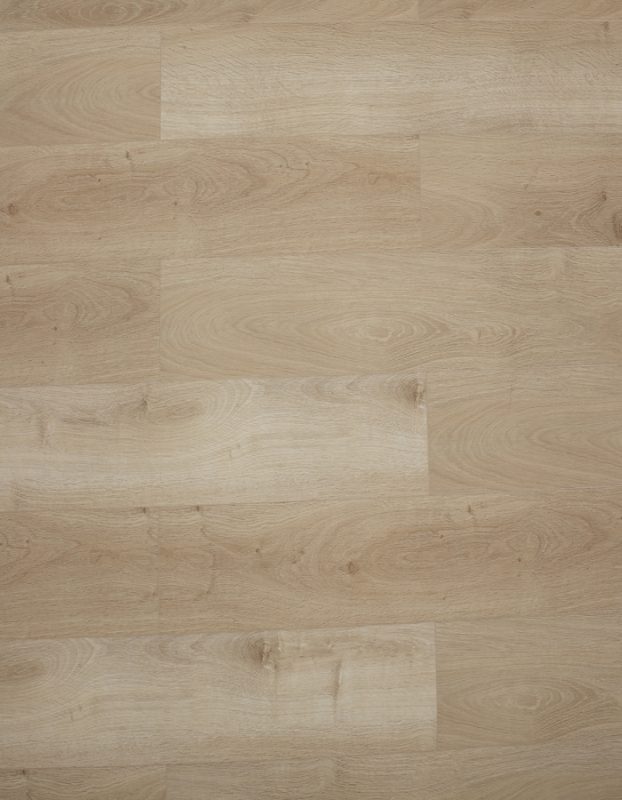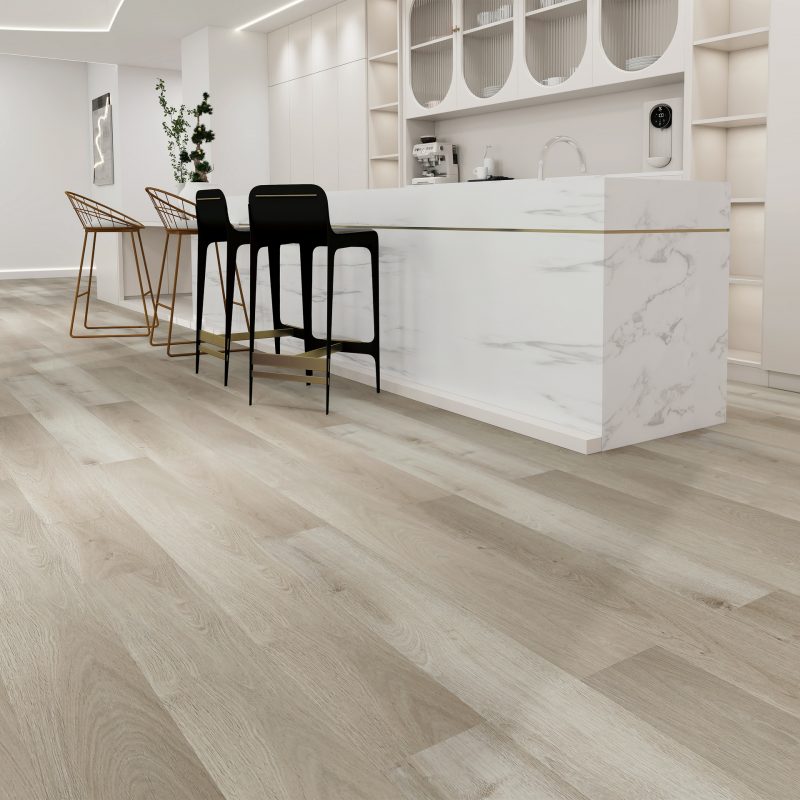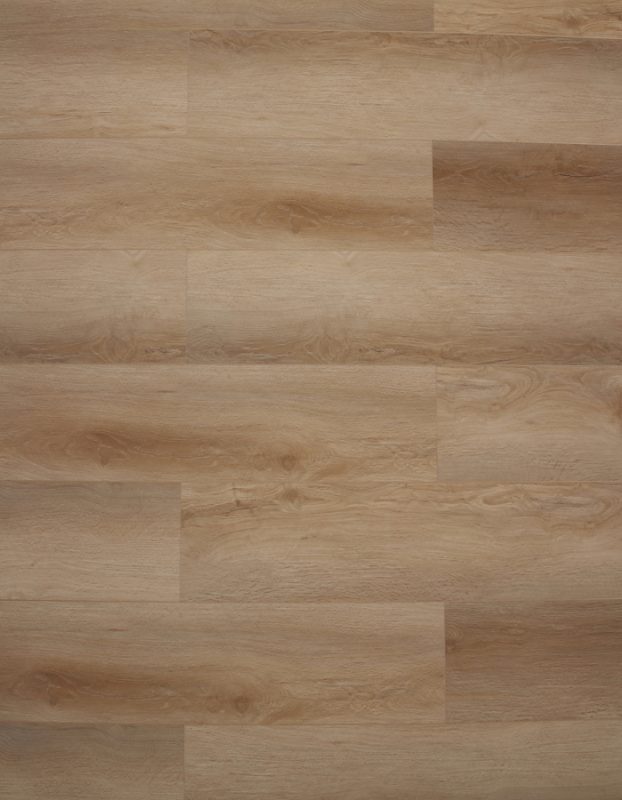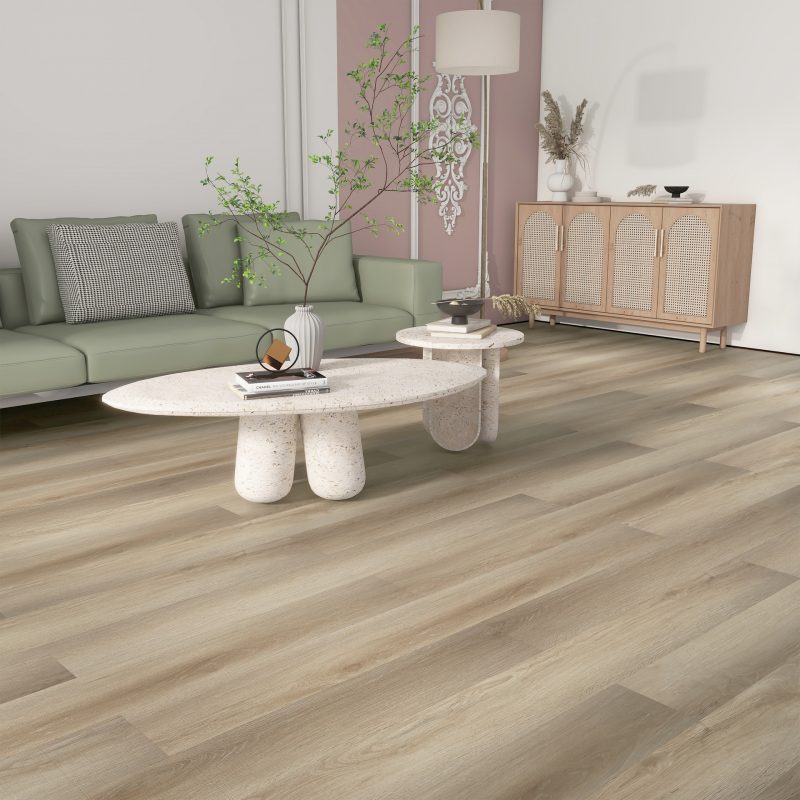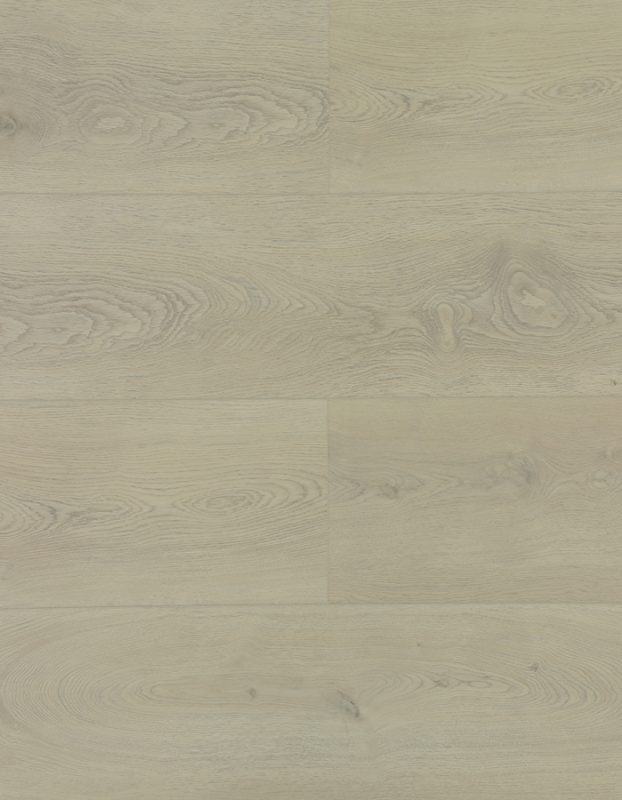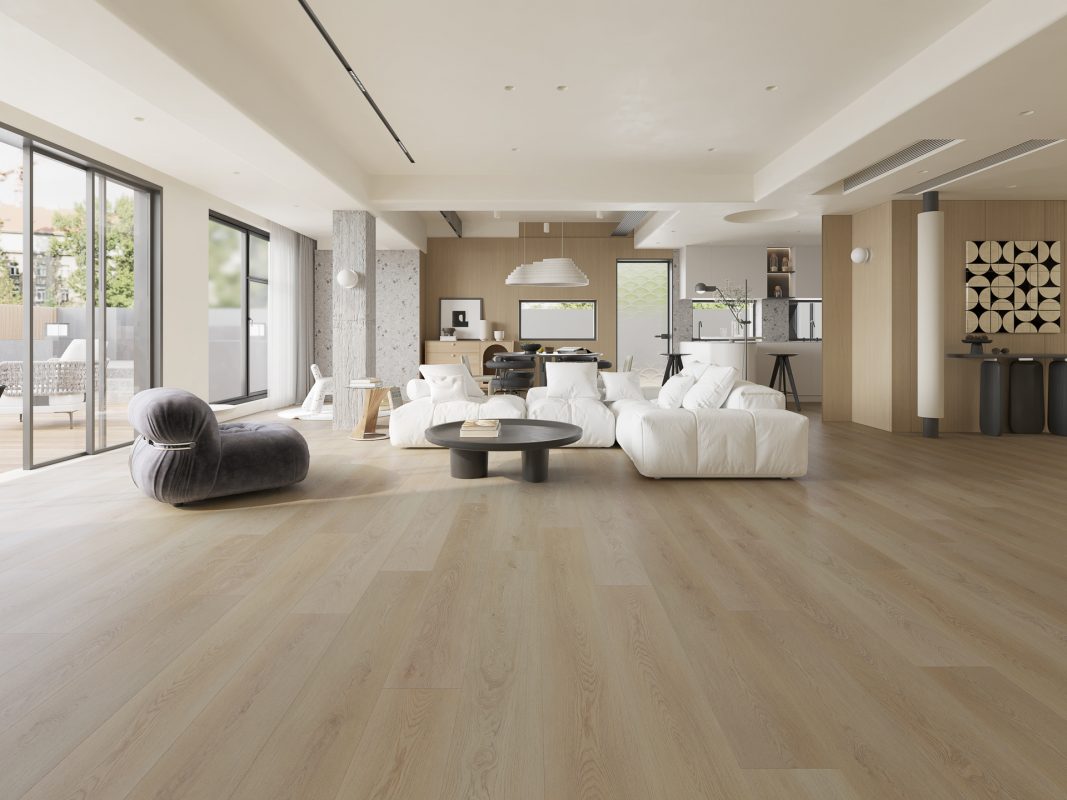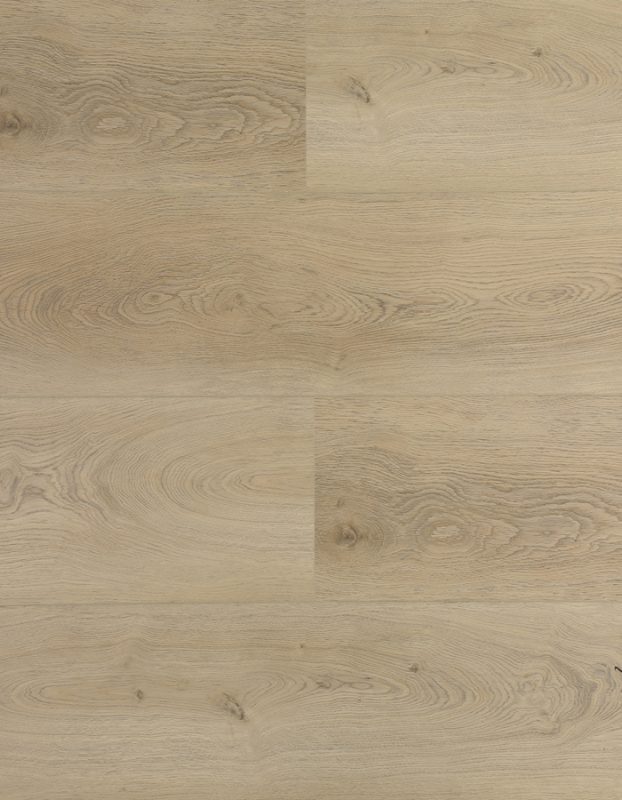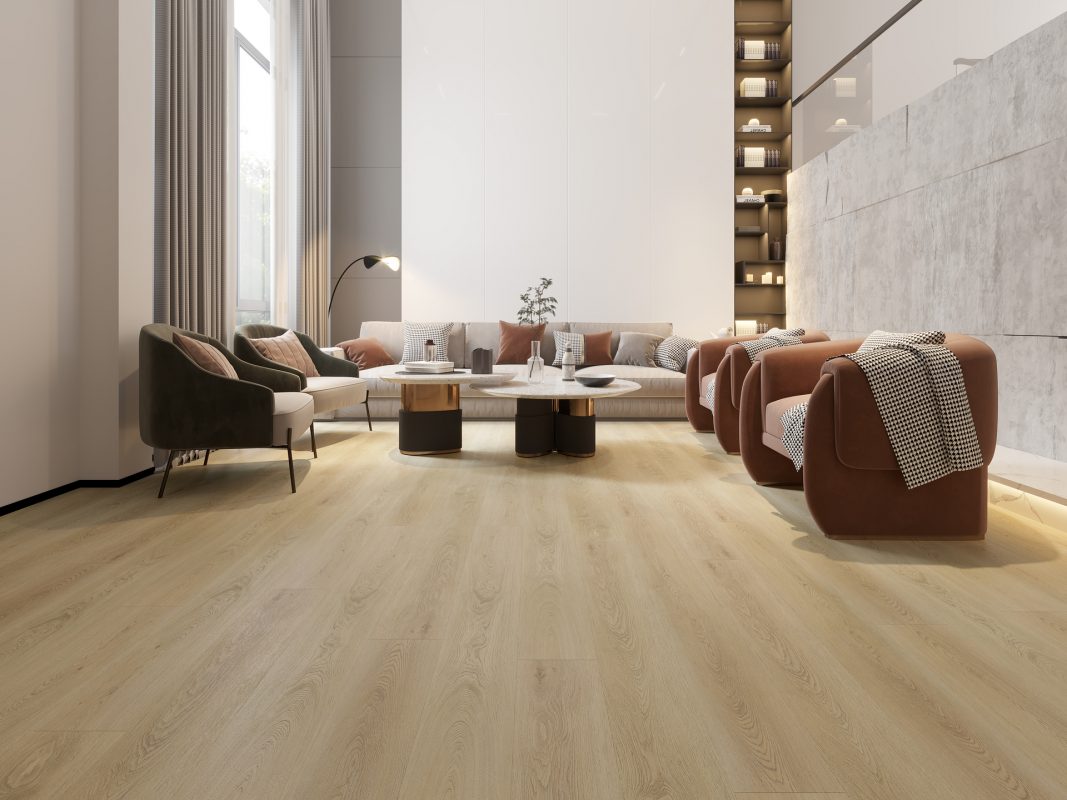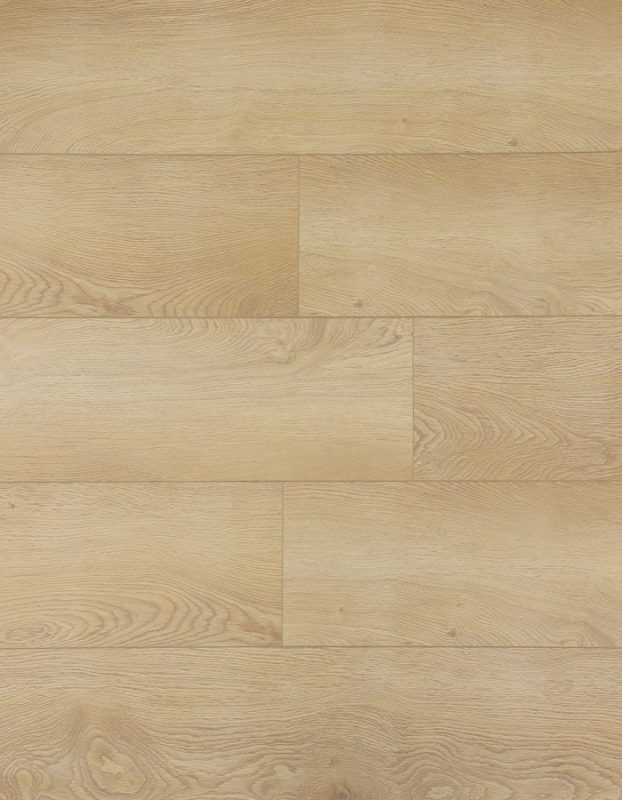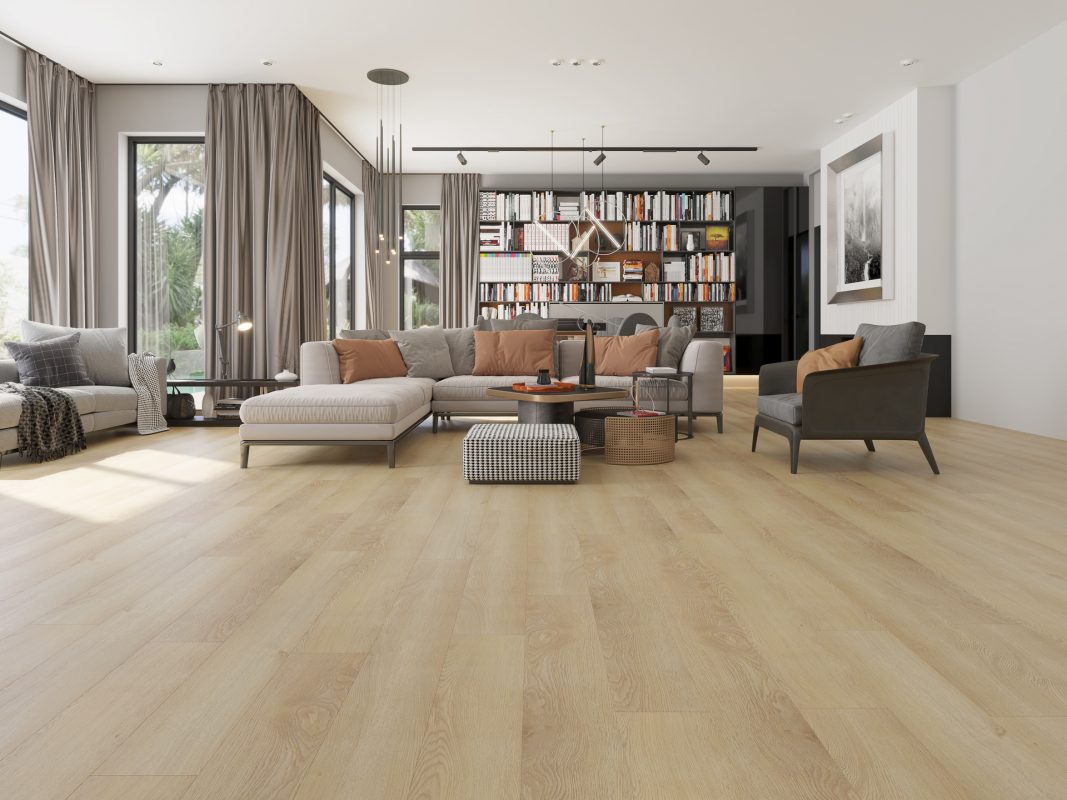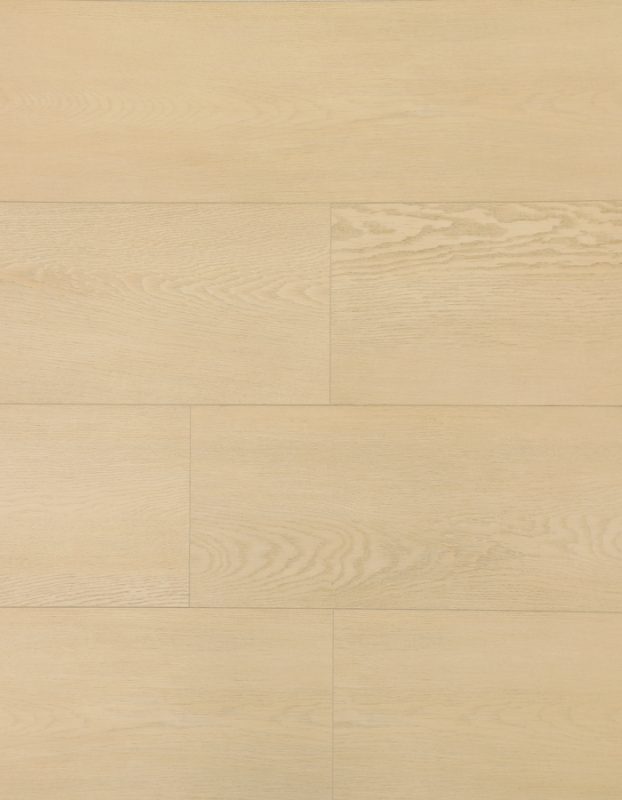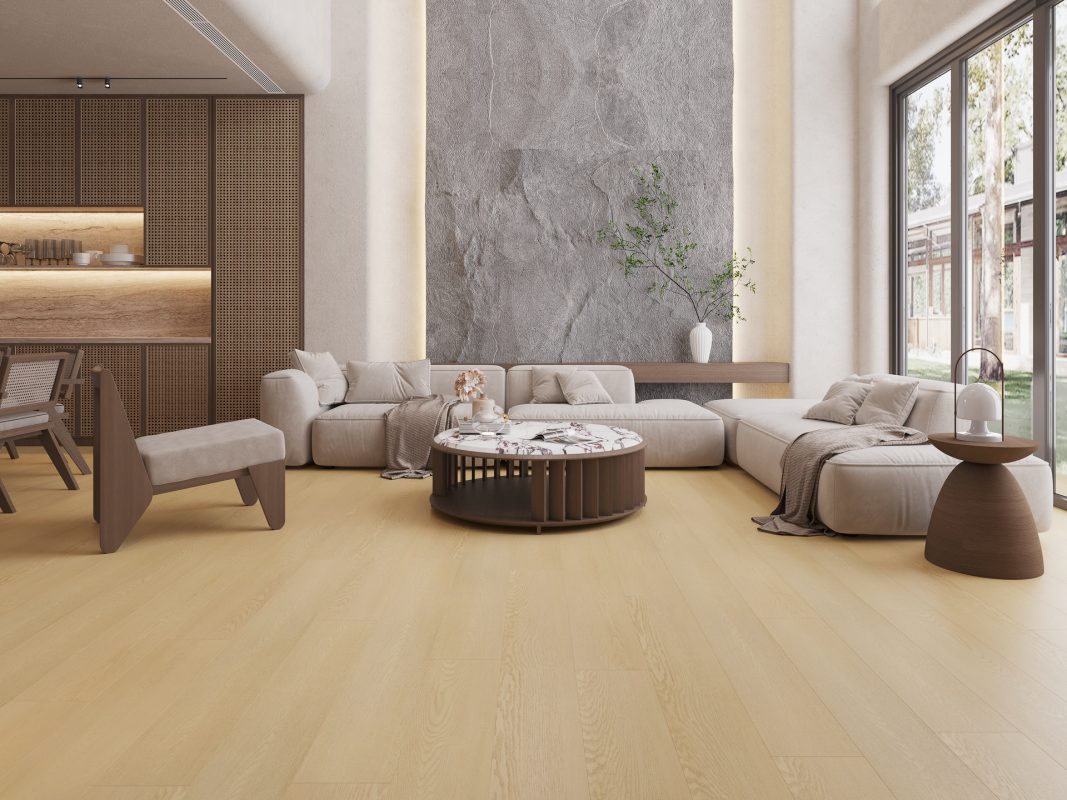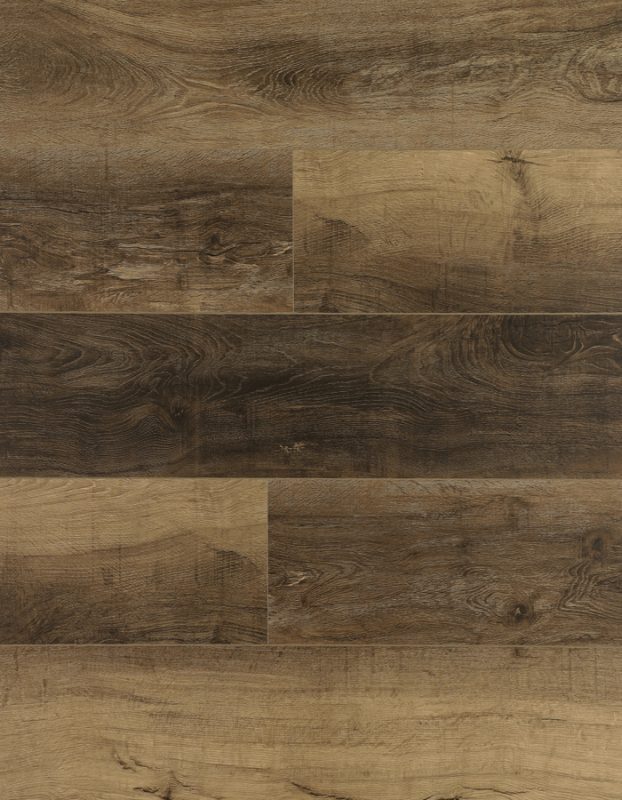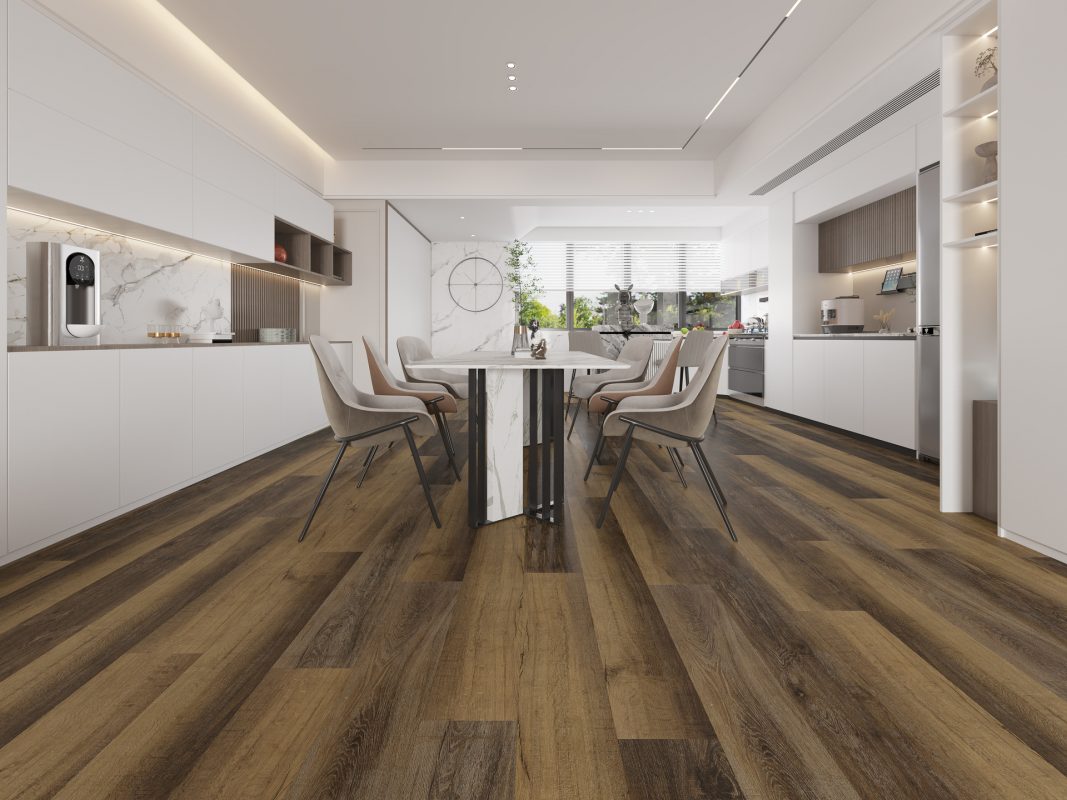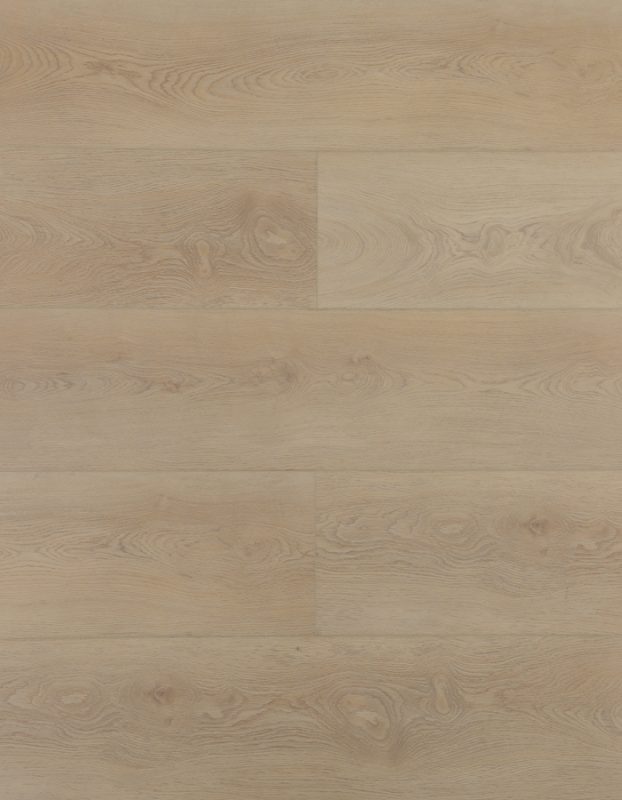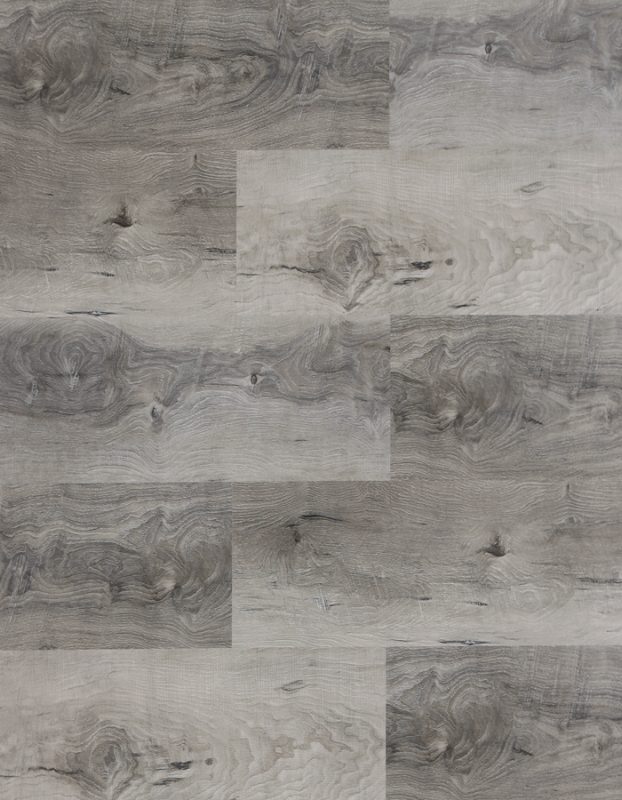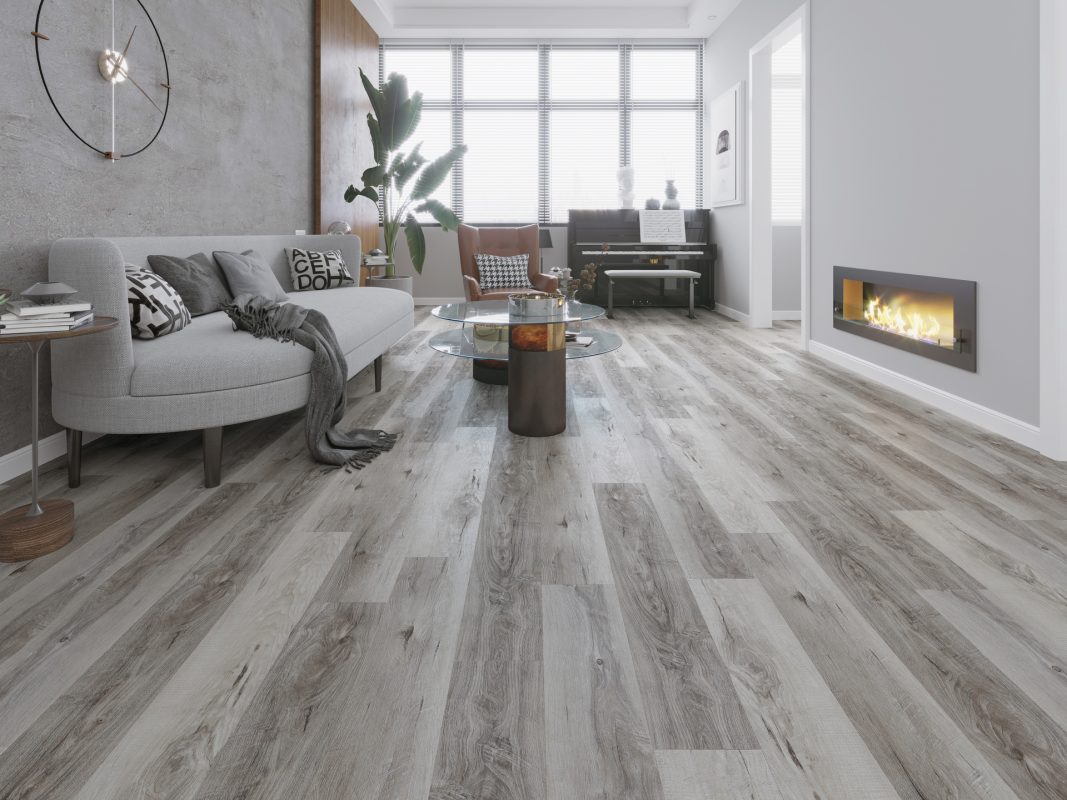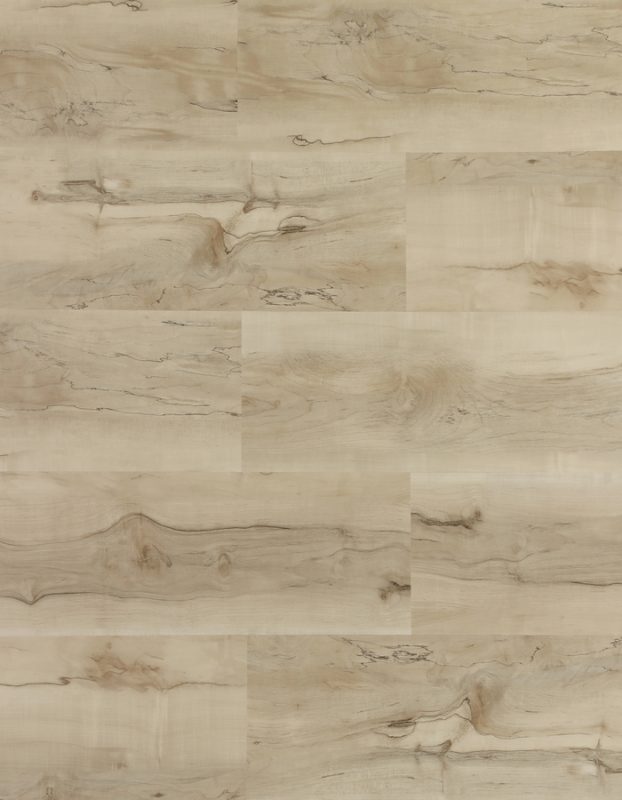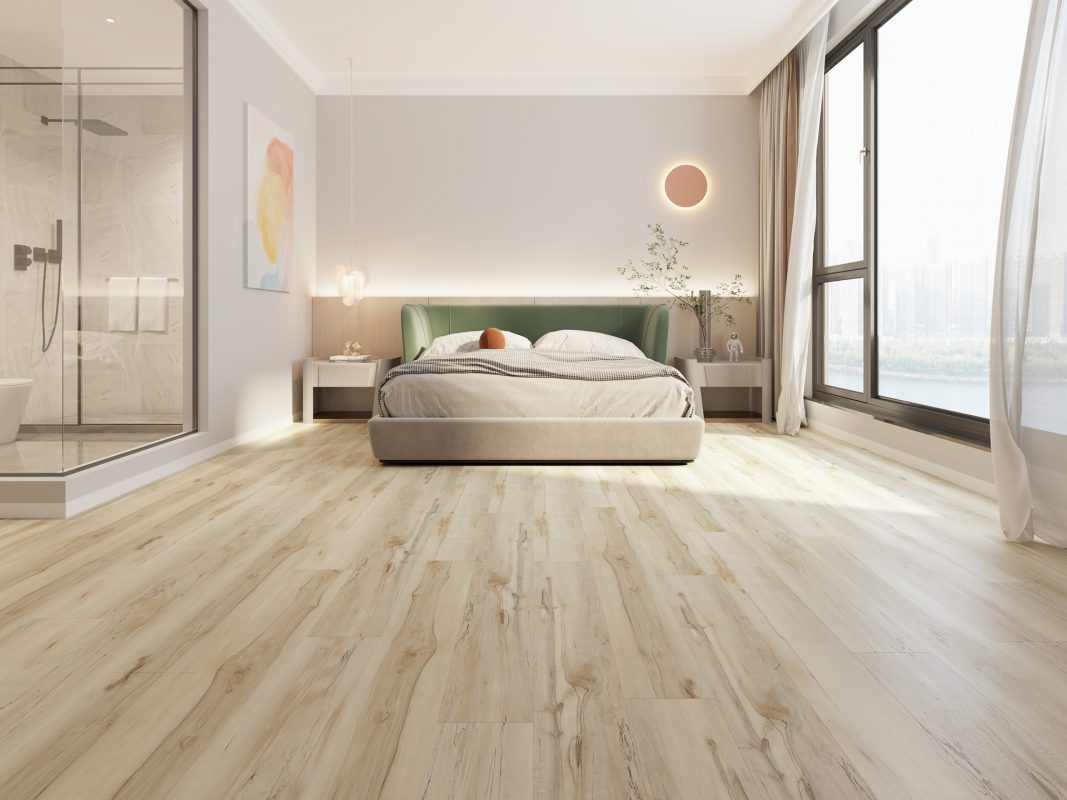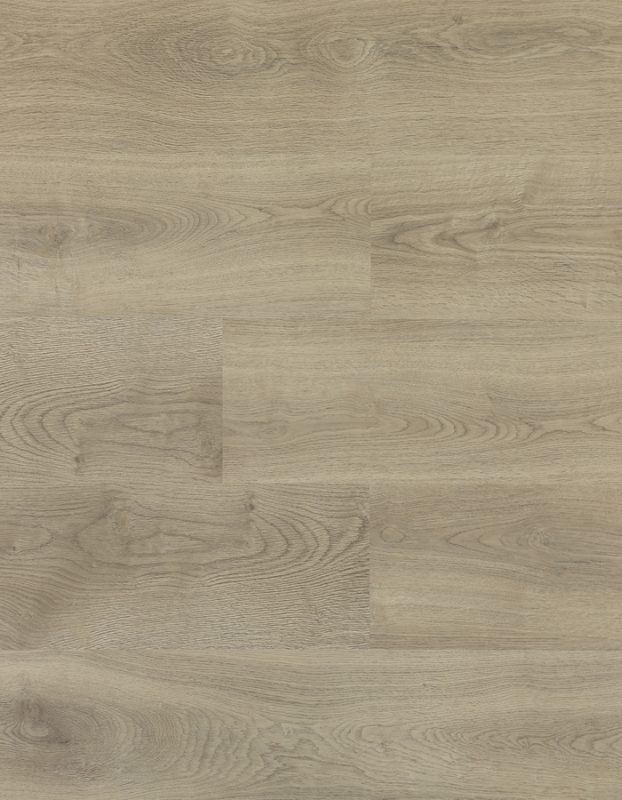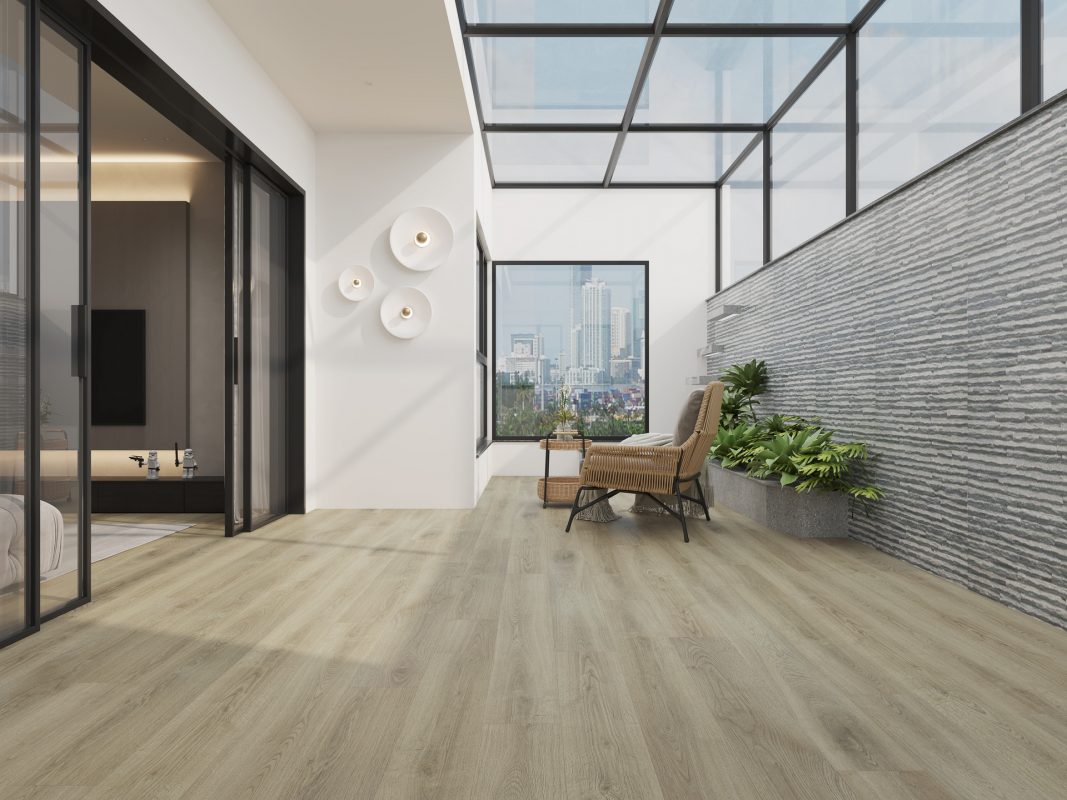In the realm of vinyl plank flooring, the distinction between beveled and non-beveled edges plays a significant role in the overall aesthetic and performance of the flooring. As homeowners and designers seek to create spaces that exude sophistication and style, understanding the differences between these two edge profiles becomes essential. This comprehensive exploration delves into the nuances Between Beveled vs Non-Beveled Edge Vinyl Plank Flooring, examining their characteristics, advantages, and considerations to help consumers make informed decisions when selecting flooring options for their homes or commercial spaces.
Beveled Edge Vinyl Plank Flooring
Beveled-edge vinyl plank flooring is characterized by distinct, angled edges that create a groove between each plank. These beveled edges mimic the look of traditional hardwood flooring, adding depth and dimension to the overall appearance. Beveled edges can vary in depth and angle, ranging from micro-beveled, which creates a subtle groove, to deep beveled, which produces a more pronounced separation between planks.
Advantages of Beveled Edge Vinyl Plank Flooring
- Enhanced Realism: Beveled edges replicate the natural variation and texture found in hardwood flooring, enhancing the realism and authenticity of vinyl plank flooring.
- Concealment of Imperfections: The grooves created by beveled edges can help disguise minor imperfections in the subfloor or irregularities between planks, creating a more uniform and visually appealing surface.
- Visual Interest: Beveled edges add visual interest and depth to the flooring, creating distinct lines and shadowing that contribute to the overall aesthetic appeal of the space.
- Easy Cleaning: The grooves between beveled edges make it easier to clean and maintain the flooring, as dirt and debris are less likely to accumulate in the seams.
Considerations for Beveled Edge Vinyl Plank Flooring
- Installation Difficulty: Beveled edge vinyl plank flooring may require more precision and attention to detail during installation to ensure the edges align seamlessly. Proper spacing between planks is essential to maintain the integrity of the beveled edges.
- Moisture and Dirt Accumulation: While the grooves created by beveled edges can enhance the realism of the flooring, they may also trap moisture and dirt if not properly maintained. Regular cleaning and maintenance are necessary to prevent buildup and ensure the longevity of the flooring.
Non-Beveled Edge Vinyl Plank Flooring
Non-beveled edge vinyl plank flooring, also known as square edge or straight edge, features smooth, seamless edges that create a uniform surface when installed. Unlike beveled edge flooring, non-beveled edges do not have grooves or angles, resulting in a sleek and contemporary appearance.
Advantages of Non-Beveled Edge Vinyl Plank Flooring
- Sleek Appearance: Non-beveled edges create a clean, seamless look that is well-suited to modern and minimalist design aesthetics. The absence of grooves or angles contributes to a sleek and uniform surface.
- Ease of Installation: Non-beveled edge vinyl plank flooring is generally easier to install than beveled edge flooring, as the planks can be aligned flush against each other without the need to account for grooves or angles. This simplifies the installation process and may reduce labor costs.
- Uniformity: Non-beveled edges provide a uniform surface with no visible breaks or interruptions, creating a cohesive and visually pleasing appearance throughout the space.
- Versatility: The clean, straight edges of non-beveled vinyl plank flooring make it versatile and adaptable to various design styles and environments, from residential interiors to commercial spaces.
Considerations for Non-Beveled Edge Vinyl Plank Flooring
- Less Realism: The absence of beveled edges may result in a less realistic appearance compared to traditional hardwood flooring. Without the variation and texture created by beveled edges, non-beveled vinyl plank flooring may lack the depth and dimension found in natural wood.
- Potential for Visibility of Imperfections: Non-beveled edges may make imperfections in the subfloor or irregularities between planks more visible, as there are no grooves to conceal them. Proper subfloor preparation and installation techniques are essential to achieve a smooth and flawless surface.
Conclusion
Between Beveled vs Non-Beveled Edge Vinyl Plank Flooring, Each offers distinct advantages and considerations that cater to different design preferences and practical needs. Whether seeking the realism and visual interest of beveled edges or the sleek uniformity of non-beveled edges, consumers have a range of options to choose from when selecting vinyl plank flooring for their homes or commercial spaces. By understanding the characteristics, advantages, and considerations of each edge profile, homeowners and designers can make informed decisions that result in beautiful and functional flooring solutions tailored to their unique preferences and requirements.


